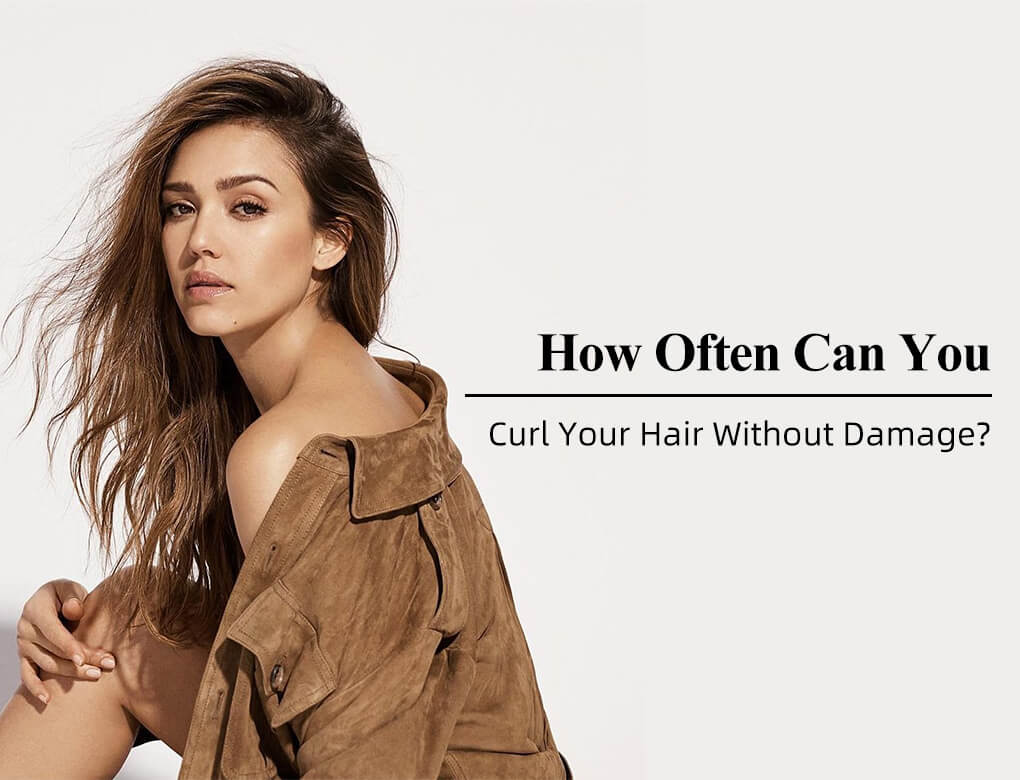
How Often Can You Curl Your Hair Without Damage?
Curl Your Hair Without Damage
Wavy Hairstyles have become a fashion that a particular number of women are chasing. It can help you to achieve a change of hairstyle and highlight your different temperament. Show your different styles. How often do we need to curl our hair at intervals when we achieve a wavy look without hurting it? What are the issues that need to be taken care of when curling your hair?
Curling Your Natural Hair at Home
When we curl our hair at home, we usually use a curling iron to curl it. Compared to a salon perm, curling with a curling iron is less damaging to the hair. However, it can still cause some damage to the hair.

What precautions do I need to take when curling my hair at home?
Heat protection: Always use a heat protectant spray or serum before applying heat to your hair. This helps to create a barrier between your hair and the high temperatures of the curling iron, reducing damage.
Optimal heat setting: Use the lowest heat setting that effectively curls your hair. Higher temperatures can cause more damage, so finding the right balance is important. Fine or thin hair generally requires lower heat than thick or coarse hair.
Time spent on each section: Be mindful of the amount of time you expose each section of hair to the heat. Holding the curling iron on the hair for too long can lead to excessive heat damage. Typically, 8-12 seconds per section is sufficient, but adjust based on your hair's thickness and tolerance.
Sectioning: Divide your hair into smaller sections before curling. This allows for better heat distribution and ensures that each section gets equal attention, resulting in more uniform curls.
Curling iron quality: Invest in a high-quality curling iron that has adjustable temperature settings and even heat distribution. Cheaper or older curling irons may have hot spots or inconsistent heating, which can increase the risk of damage.
Curling iron size: Choose the appropriate barrel size for the type of curls you want. Larger barrels create looser curls, while smaller barrels produce tighter curls. Using the right size can minimize the need to excessively expose your hair to heat.
Moisturize and condition: Maintain good hair health by regularly moisturizing and conditioning your hair. Deep conditioning treatments, hair masks, and leave-in conditioners can help keep your hair hydrated and nourished, making it more resistant to damage.

How Often Curl Your Hair at Home Without Damage?
There is no specific timeframe that guarantees no damage to the hair. Hair damage can occur gradually over time with excessive heat exposure. It's essential to balance heat styling with proper hair care and be attentive to the signs of damage, such as dryness, brittleness, or split ends.
In general, it's recommended to limit heat styling to a few times a week. This allows your hair time to recover and prevents excessive damage. However, everyone's hair is different, so you should pay attention to the condition of your hair and adjust the frequency accordingly.
Curling Your Hair Extensions at Home
Hair extensions, whether they are clip-in extensions, tape-in extensions, or other types, can also be curled at home. However, it's important to handle them with care to avoid damaging the extensions.

What precautions do I need to take when curling my Hair Extensions at home?
Consider the quality of the extensions: High-quality hair extensions are typically made from real human hair, which can withstand heat styling better than synthetic extensions. If you have synthetic extensions, be cautious with heat as they may not tolerate high temperatures.
Use a lower heat setting: Set your curling iron or wand to a lower temperature when curling extensions. Start with a lower heat setting and gradually increase if needed. Human hair extensions can typically handle heat better than your natural hair, but it's still essential to avoid excessive heat exposure.
Apply heat protectant: Before curling your extensions, apply a heat protectant spray or serum to minimize damage. This can create a protective barrier between the hair and the heat, reducing the risk of drying or damaging the extensions.
Curl in small sections: Divide your hair extensions into small sections before curling. This allows the heat to distribute more evenly and ensures that each section receives proper styling without overexposing the extensions to excessive heat.
Limit heat exposure: Avoid leaving the curling iron on the extensions for an extended period. Be mindful of the amount of time you apply heat to each section. A few seconds per curl should be sufficient, depending on the thickness of the hair and the desired curl pattern.
Avoid excessive styling: Heat styling can gradually degrade the quality and lifespan of hair extensions. To minimize damage, it's best to avoid excessive curling and heat styling. Give your extensions breaks between styling sessions to maintain their overall health and longevity.
Remember that the specific care instructions may vary depending on the type and brand of hair extensions you have. Always consult the care guidelines provided by the manufacturer for the best practices and recommendations to ensure the longevity of your extensions.
If you're unsure or want to ensure proper care, it may be helpful to consult with a professional hairstylist who has experience with hair extensions. They can provide personalized advice and guidance based on your specific extensions and hair type.

How often do you roll hair extensions at home without damage?
Remember: the fewer times the better!!! Because HAIR extensions leave the scalp. There is no way to absorb moisture and nutrients. Heat treatment hair extensions will intensify the loss of moisture in the hair. More likely to cause dry hair, knotting problems.
Learn More
What is Virgin Hair? The Benfists of Virgin Hair
What is the Difference Between Different Types of Hair Weft?
How to Choose The Right Hair Extension
Answered All Your Questions About Genius Weft

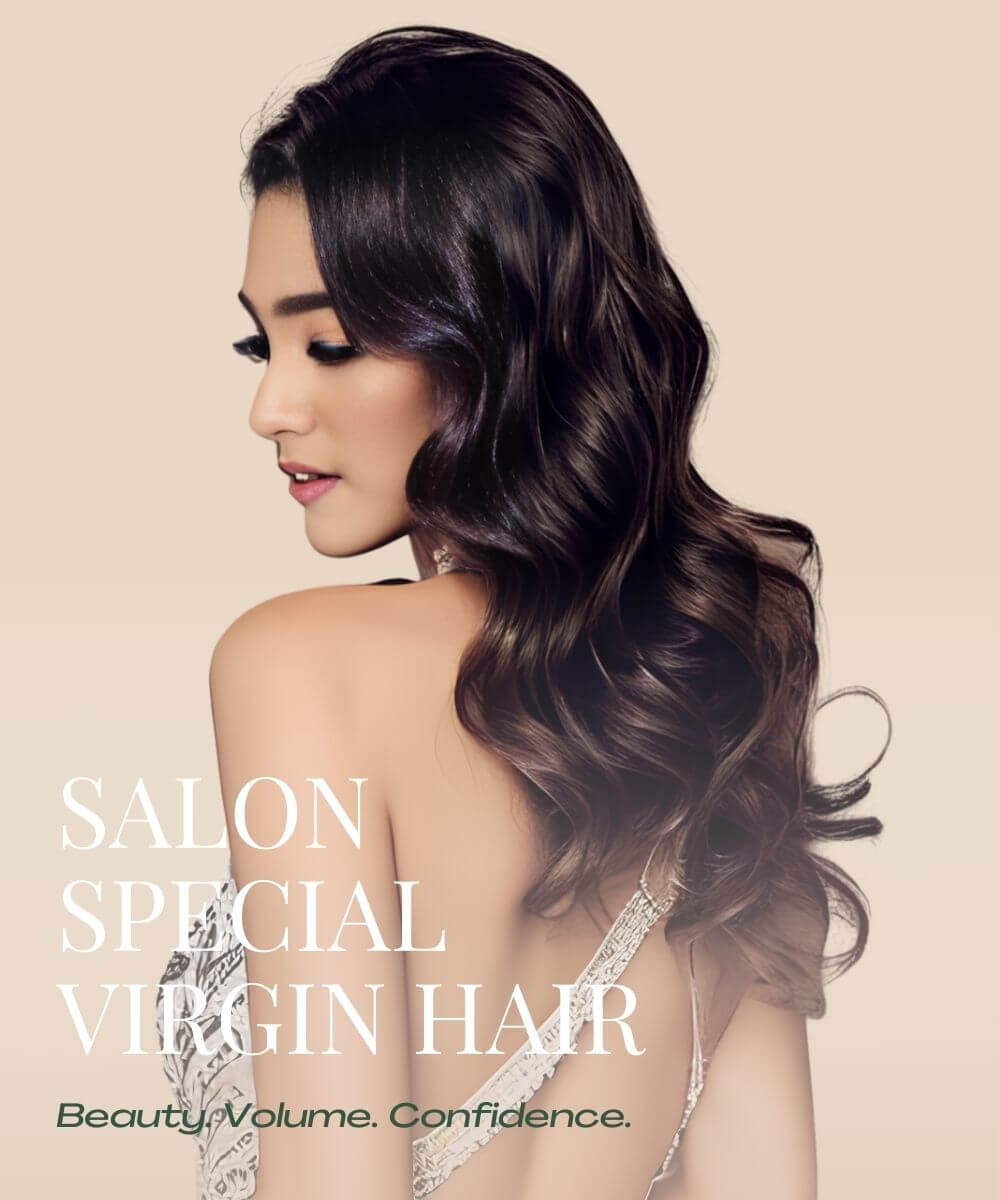
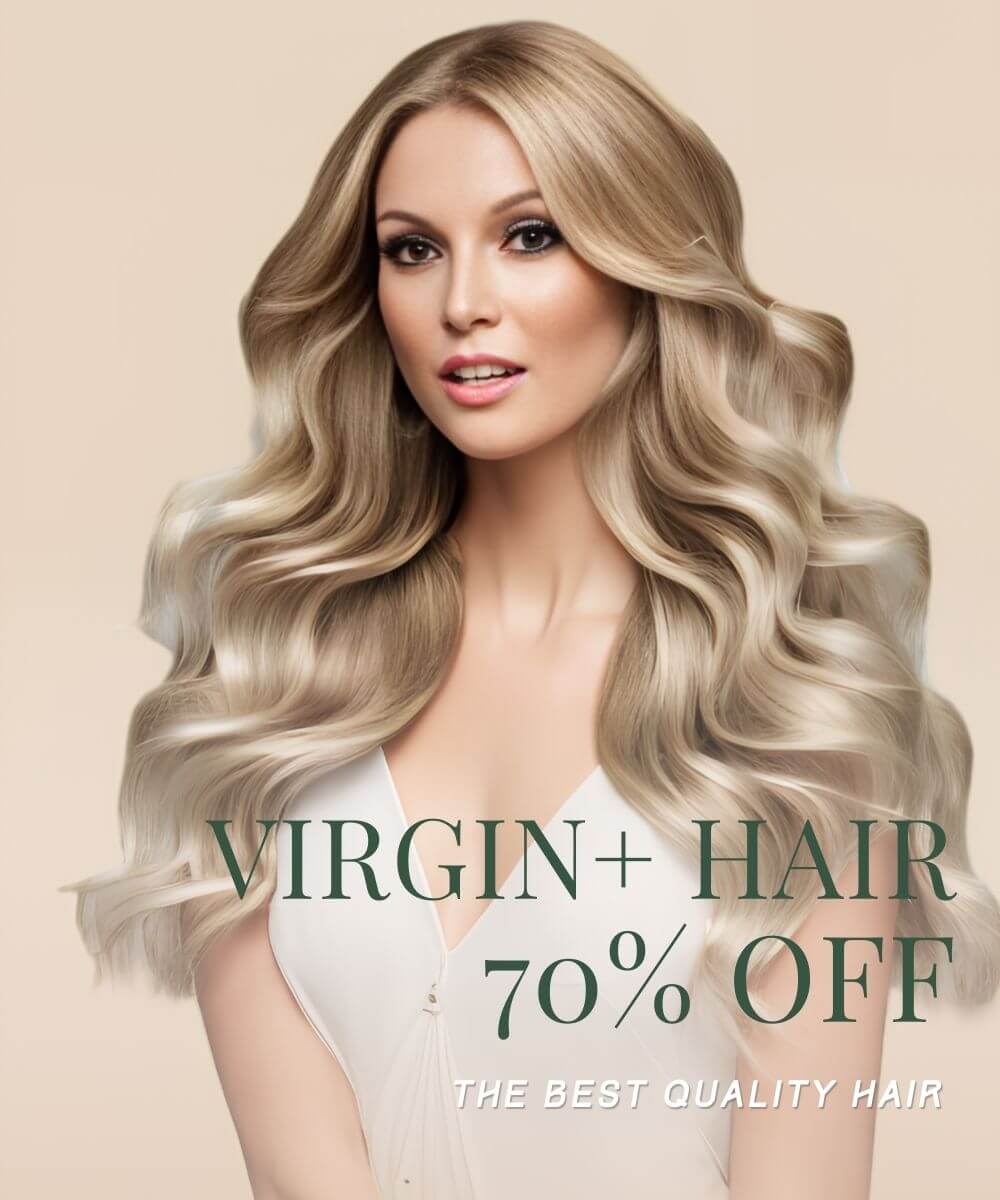
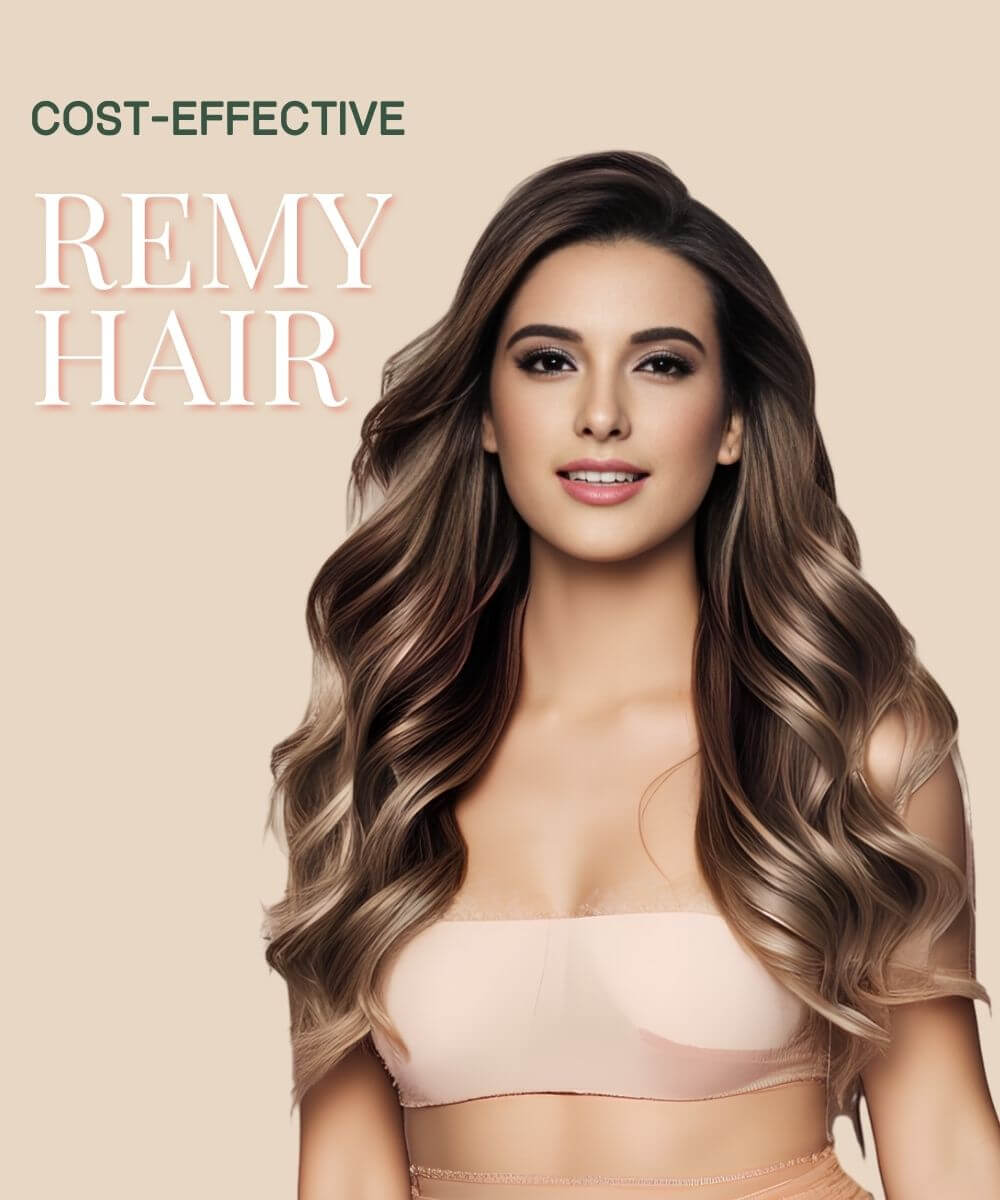
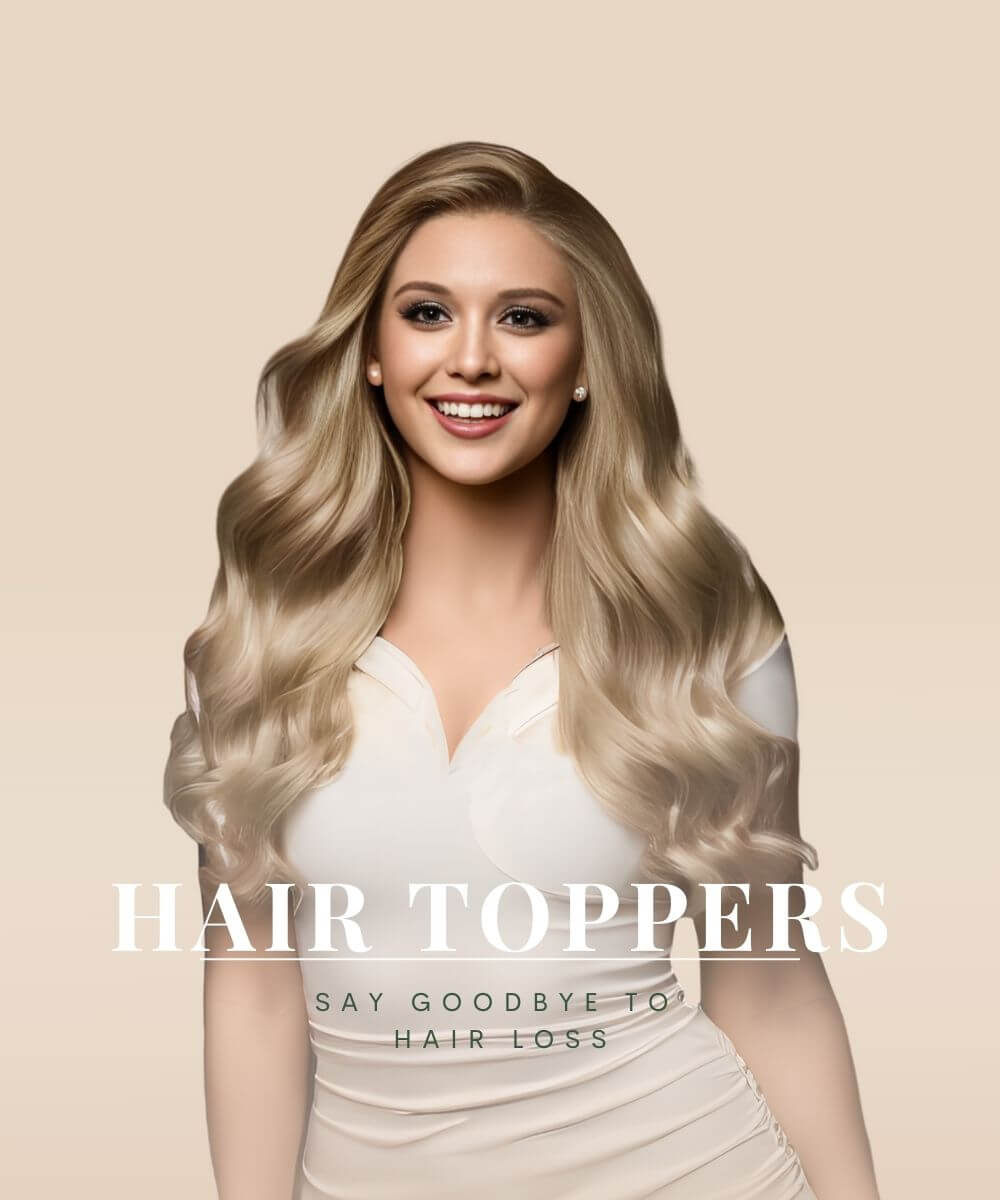
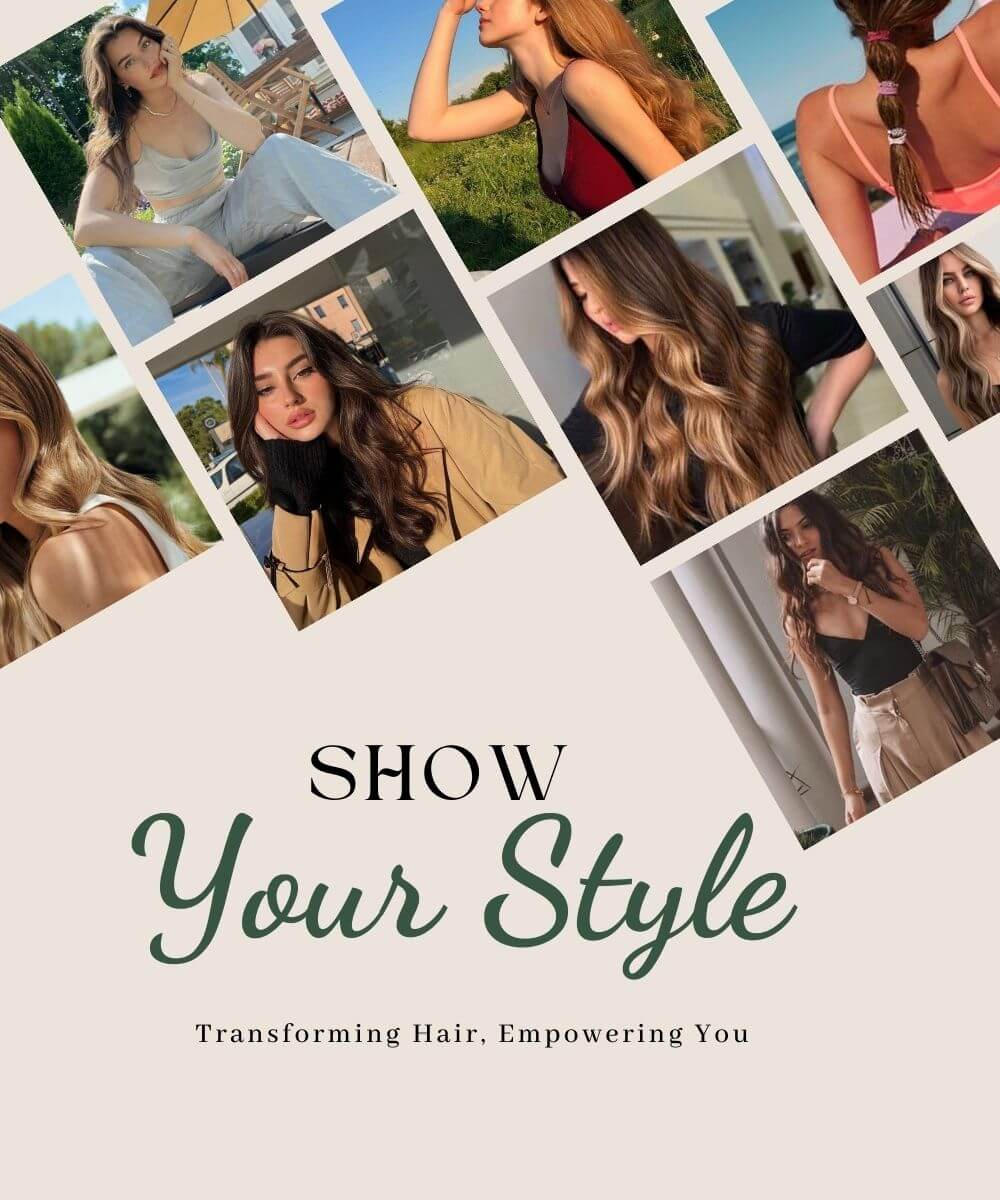


Leave a comment
This site is protected by hCaptcha and the hCaptcha Privacy Policy and Terms of Service apply.